Why Philadelphia is shifting to a just energy system
By Brittany Barbato
Danaje Elliott knew he wanted to work in computer science or hardware engineering. He also knew he needed a job to save money for college. He never imagined, though, that he’d soon be standing on top of a roof in order to achieve both.
A few weeks after graduating high school, Elliott found himself several stories off the ground learning how to install his first solar panel through Find Your Power, a six-week WorkReady Philadelphia course launched this summer by the Philadelphia Energy Authority in partnership with the School District of Philadelphia’s Office of Career and Technical Education. Through the program, Elliott and 17 others received hands-on training in solar installation including technical skills such as mounting panels, securing legs and wiring modules. They also learned best practices around clean energy and general job readiness skills.
“When I first started, I was unsure if I even had an interest in doing this type of work,” shares Elliott. “But when I finished, I was more interested than I ever. The math and science behind [solar power] is really cool, and it’s important work because it will reduce a lot of fossil fuel usage and make less of a strain on our city and our planet.”
Solar For All
Once thought to be reserved only for those who could afford it, the reputation of solar technology is changing. In fact, Philadelphia Energy Authority views it as a trio of opportunity for all: a clean energy option for the eco-conscious, a smart investment for those looking to save money on their energy bill, and a viable career path for people entering or re-entering the workforce.
“We hope to change the perception and the math,” says Emily Schapira, executive director of PEA. “It’s critical that access to the new clean energy economy be equitable, diverse and reach all neighborhoods. Solar can be accessible for all.”
Find Your Power is a subset of PEA’s Solarize, the first citywide solar initiative that allows homeowners to install solar together at a reduced price. The concept of Solarize is simple: The more households that move forward with installation, the less the upfront cost for each household. For those who can’t access traditional financing, PEA and the Office of Sustainability are collaborating to create a lease option expected to launch in January 2018. Schapira says panels on an average row home could cover a household’s electricity consumption almost entirely. It typically takes about 10 years for a household to pay off the upfront cost and fully realize savings.
“The upfront cost is a disadvantage, yes, but the more people who participate the more the cost comes down for everybody until there are solar panels on every block,” says Jess Edelstein, a Bella Vista homeowner who first heard about Solarize through Facebook. “We see our participation as an investment in our home, our community, our city and, ultimately, our planet.”
Because solar installation is a labor-intensive process, more installations also mean more jobs. For every 100 participating households, 15 new living-wage jobs are created. With more than 120,000 eligible rooftops across Philadelphia, there is potential for a significant boost in workforce opportunities.
This is an intentional result of PEA’s larger Philadelphia Energy Campaign, which plans to invest $1 billion in energy efficiency and clean energy as well as create 10,000 new jobs—supported by training and local, inclusive hiring—over the next 10 years. Improvements through the campaign will focus on four sectors: public schools, low- and moderate-income housing, small businesses and municipal buildings. Each area will pilot projects, like Find Your Power and Solarize, in various neighborhoods and then scale up and out to the rest of the city.
PEA is leveraging best practices and additional support through collaboration with the city. The Energy Office, housed within the Office of Sustainability, leads municipal building projects within Philadelphia Energy Campaign; Adam Agalloco, the city’s energy manager, helps coordinate by serving on the PEA board of directors. The office also provides assistance in implementing long-term energy contracts.
This close kinship signals a new synergy in clean energy action across Philadelphia, allowing for smoother and more rapid progress. “Everyone involved understands there is a real economic opportunity for the city that will not only save energy and support our climate change efforts but, beyond that, create real economic value in an equitable way,” says Schapira.
Amanda Warwood, an energy analyst for the Energy Office, adds that the relationship is mutual. “Working with PEA on PEC initiatives, the city can continue to accelerate the pace of energy efficiency upgrades and expand projects to invest in all varieties of city facilities.”
The City’s Stake in Sustainability
According to the Office of Sustainability, Philadelphia’s regional electric grid mix is currently composed of 40 percent nuclear, 31 percent natural gas, 23 percent coal, 4 percent renewable (such as solar) and 2 percent miscellaneous fossil fuels. Buildings throughout the city (not just municipal) account for more than half of Philadelphia’s carbon emissions. The Philadelphia Museum of Art, for instance, is the city’s biggest electricity user.
The Office of Sustainability knows there is work to be done and, in light of a political climate that includes the Trump administration withdrawing the country from the Paris Climate Accord, the office is prepared to forge ahead with or without federal support.
“Since the White House has opted to step away from its obligations to this issue, all cities–including Philadelphia–must step up,” stated Mayor Jim Kenney during a press event in June. “The hotter, wetter, more extreme weather brought by climate change disproportionately harms our city’s most vulnerable residents. Transitioning to a just energy system that is clean and affordable for all will slow these changes and make Philadelphia a better place for current residents and future generations.”
One way the city is making good on this shift is by creating the Energy Master Plan. This roadmap will outline municipal government energy management and citywide energy policies that build toward the administration’s commitment to reduce carbon emissions 80 percent by 2050. In addition, this December the city will release the Citywide Energy Vision highlighting current and expected trends in our energy system as well as opportunities for residents and businesses to lead climate and energy goals. The Office of Sustainability says PEC will be an important tool for success in both cases, and PEA says they are ready.
“We’ve been incredibly proud of leadership in the city and how they’ve been talking about these issues, especially in the face of what’s going on at the federal level,” shares Schapira. “It’s an amazing time to be part of city government.”
Powering Dreams
“Programs like Solarize will help move us toward the mayor’s goal of a 100 percent clean energy Philadelphia, reducing the causes of climate change while creating local jobs, lowering utility bills and improving air quality for all Philadelphians,” says Christine Knapp, director of sustainability for the city. These results, according to Schapira, will strengthen communities. “We’ve heard from lots of folks that, in Philly especially, they like to hand their houses down to their kids,” says Schapira. “Making an investment in solar is an investment in the property and in the future. To be able to leave your kid something that has no electric bill—that is exciting to a lot of people.”
As PEA and the city work toward their goals, Jess Edelstein and her husband, Marc, are installing panels on their home this fall.
“When we went over the carbon footprint reducti
on [information] and were told that having this system would be like planting 73 trees a year—in terms of home improvements, that felt like a sounder investment than a roof deck,” she says. “We can’t wait to see what the future holds for solar and our city.”
Meanwhile, Danaje Elliott is keeping his fingers crossed for a job with Solar States, the local solar installation company that provided the hands-on training during his time with Find Your Power. After his first interview, he says he “has a good feeling” and is excited for what’s next.
“[Solar power] is a big deal for Philadelphia,” says Elliott. “It’s one step toward saving more money and putting it toward things you want… things you dream about.”



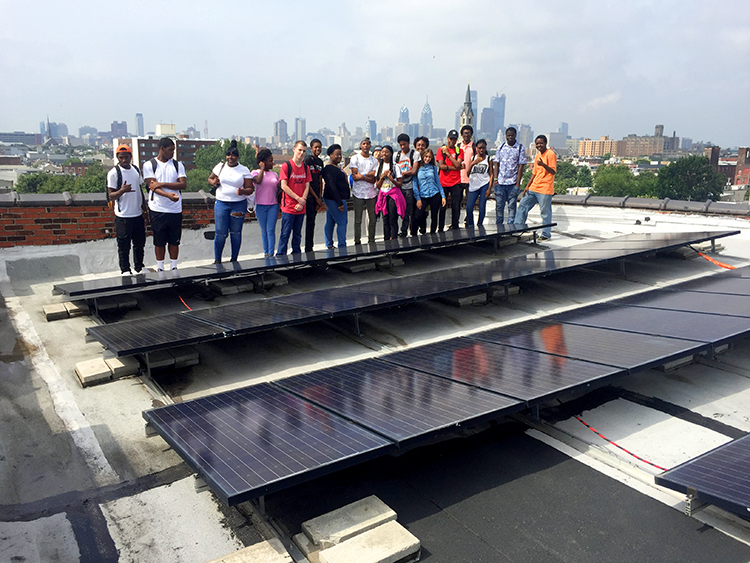

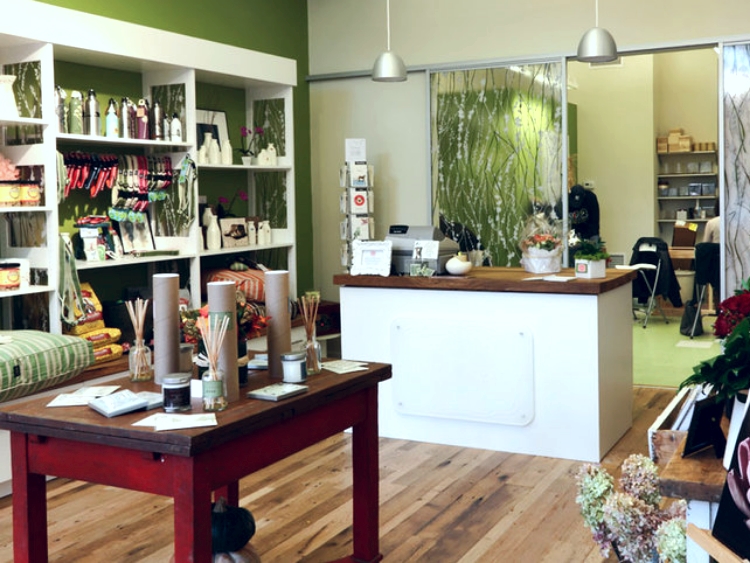

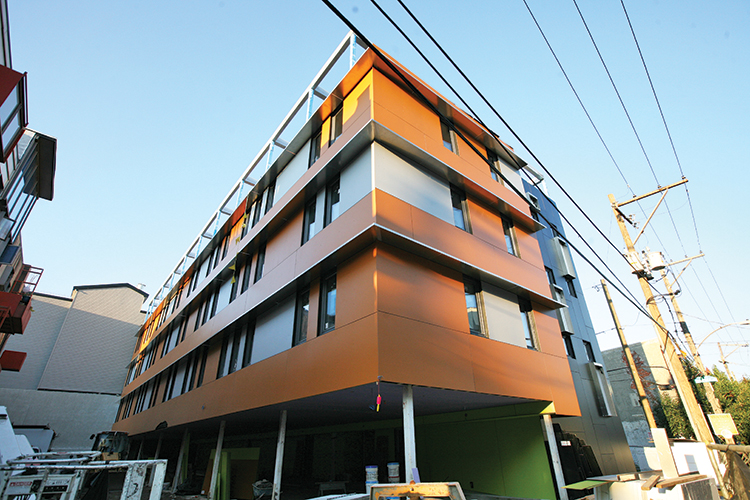

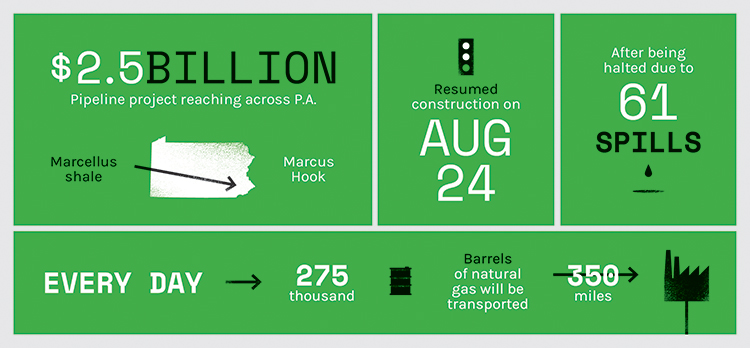
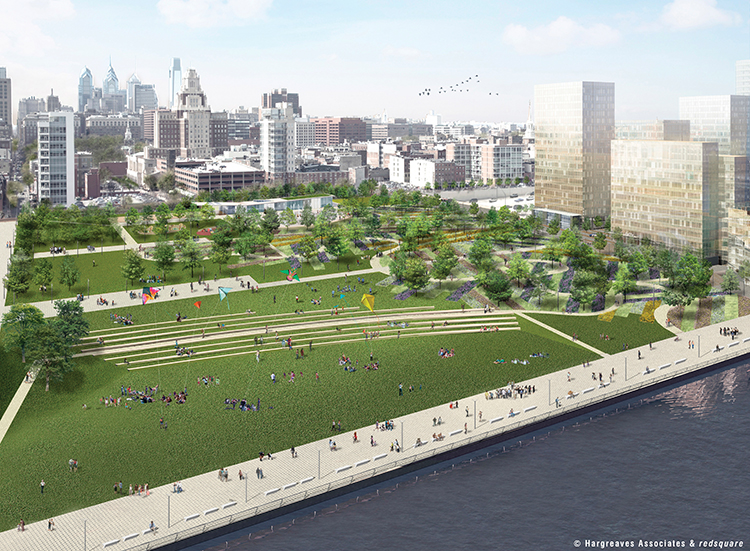
I am so excited about this project that will help the City of Philadelphia propel into the future of energy in America. Well Done!
I was a Solarize Philly participant this past summer and received an initial assessment. It would be feasible except that the city-owned vacant lot right next door and to the east of us is being sold to a developer who wants to build a larger structure, which will vastly increase the number of hours our roof is shaded each day. This type of development is very common in right now in Point Breeze. I applaud Philly’s initial efforts to make solar more accessible, but unless zoning codes are updated then many like myself will be shaded out of it being a possibility.